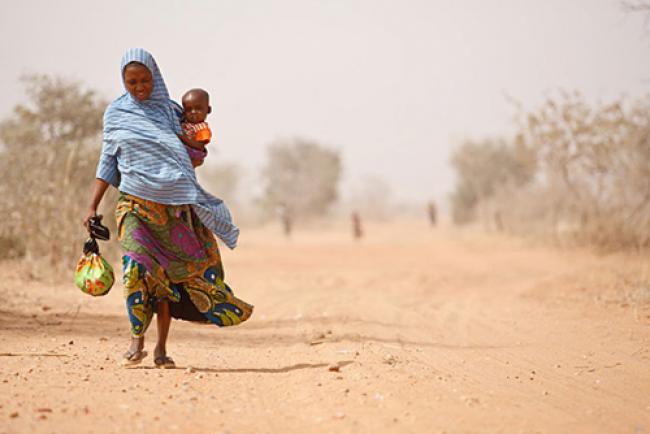07 May 2014, 06:34 am Print

An estimated 289,000 women died in 2013 from complications in pregnancy and childbirth, down from 523,000 in 1990, according to the UN World Health Organization’s (WHO) Trends in maternal mortality estimates 1990 to 2013. The figure represents a decrease of 45 per cent.
Among its findings, the report shows that 11 countries that had high levels of maternal mortality in 1990 have reached the Millennium Development Goal (MDG) target of a 75 per cent reduction. These include Bhutan, Cambodia, Cabo Verde, Equatorial Guinea, Eritrea, Lao People’s Democratic Republic, Maldives, Nepal, Romania, Rwanda, and Timor-Leste.
“A 15-year-old girl living in sub-Saharan Africa faces about a 1 in 40 risk of dying during pregnancy and childbirth during her lifetime,” said Geeta Rao Gupta, Deputy Executive Director of the UN Children’s Fund (UNICEF).
“A girl of the same age living in Europe has a lifetime risk of 1 in 3,300 – underscoring how uneven progress has been around the world.”
Meanwhile, more than one in four maternal deaths are caused by pre-existing medical conditions such as diabetes, HIV, malaria and obesity, whose health impacts can all be aggravated by pregnancy, according to a second WHO study.
According to the UN agency’s study of more than 60,000 maternal deaths in 115 countries, pre-existing medical conditions exacerbated by pregnancy caused 28 per cent of the deaths. This is similar to the proportion of deaths during pregnancy and childbirth from severe bleeding.
This second report, Global causes of maternal death: a WHO systematic analysis, was published on Tuesday in The Lancet Global Health.
“Together, the two reports highlight the need to invest in proven solutions, such as quality care for all women during pregnancy and childbirth, and particular care for pregnant women with existing medical conditions,” said Flavia Bustreo, Assistant Director-General for WHO’s Family, Women’s and Children’s Health.
Marleen Temmerman, Director of WHO’s Reproductive Health and Research, and co-author of the study, added that the figures show an increased burden from noncommunicable diseases on women.
A woman and her severely malnourished son leave a UNICEF-supported health centre, in Maradi Region. Photo: UNICEF/Olivier Asselin
- From thinning to thriving? New hair loss treatment is showing promising results in trials
- Surprising coffee link: Daily cups may slow ageing in severe mental illness
- Malaria crisis looms as WHO reveals explosive rise in drug resistance
- Study shows nanoplastics from bottles are not just pollution—They may be harming you from within
- Are birth control pills affecting your mental health? New study raises red flags



-1763561110.jpg)


